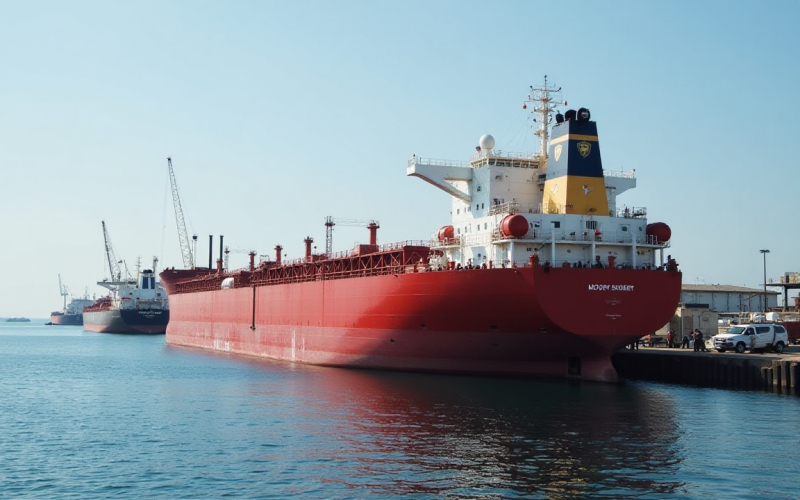Recent hostilities in the Middle East with Iran and Israel trading strikes, and the US joining the latter in carrying out strikes on Iranian nuclear sites have raised as much concern about supply disruptions of liquefied natural gas as oil.
Facing increasing pressure from US strikes, Iran’s parliament has chosen to retaliate by approving a blockade of the Strait of Hormuz.
However, the Supreme National Security Council approval is required before implementation of such a shut down.
Moreover, US President Donald Trump announced a ceasefire earlier in the day, which could see risks to the closure of the Strait of Hormuz substantially decline.
“The US has a large military presence in the region, and any military action taken by Iran to control the Strait will result in a proportionate military response,” Lu Ming Pang, senior analyst, gas & LNG research at Rystad Energy, said in an emailed commentary.
Iran may threaten a full closure of the Strait, but the US military presence in the region could challenge its ability to carry out such a threat.
Pang added:
However, this undoubtedly increases the risk of any vessel passing through the Strait, which will result in players having to price in a risk to supply disruption, and an increase in insurance costs.
Risk to LNG flows to Asia
While 20% of global LNG passes through the strait, the majority of cargoes from Qatar and the UAE have been directed towards Asia rather than Europe.
Market participants are seeking strategies to address potential disruptions in Middle East supplies.
Several Asian nations show significant reliance on LNG imports from Qatar and the UAE.
Notably, Bangladesh and India have the highest dependence, at 69.2% and 66% respectively, followed by China (34%), Thailand (21%), South Korea (16%), and Japan (5.61%), according to Rystad Energy data.
A disruption in supply would force buyers to seek additional volumes from other suppliers, thereby increasing the price of spot LNG.
“Qatari contracts and deliveries tend to have very little flexibility, therefore should there be any disruption, barring an entire closure of the Strait of Hormuz or Force Majeure, most buyers will consider a delay in delivery, rather than a complete loss of supply,” Pang said.
Therefore, the gas and LNG market’s immediate concern would be the potential inability of Qatari and UAE LNG cargoes to satisfy prompt LNG demand, he added.
Scenarios in case of full closure
With close to 80% of Qatari and UAE LNG flows directed to Asia, a complete halt would severely impact the continent.
Qatar and the UAE maintain relatively cooperative ties with Iran.
Consequently, as all their LNG exports transit through the Strait of Hormuz, both nations are anticipated to collaborate to ensure the uninterrupted flow of LNG shipments.
“Amid rising geopolitical tensions, the importance of geostrategic, “unchokeable” LNG supply sources has grown as countries prioritize energy security.” Pang said.
For Organization for Economic Cooperation and Development (OECD) importers across Asia, Europe, and South America, LNG that avoids key maritime choke points or disputed territories may become increasingly attractive.
This helps to mitigate shipping risks and potential cost surges in the wake of the latest conflict.
Spikes in diesel cracks
In a different scenario, spikes in LNG prices could prompt a shift for consumers towards increased diesel use.
Though tensions are high in the region, Iran’s retaliatory strikes against US bases in Qatar late on Monday are being viewed as a de-escalating move.
Janiv Shah, vice president, oil markets at Rystad Energy said:
If Iran’s counterstrike is viewed as a de-escalation move, the likely case remains for the Strait to remain open, however in the case that it is impacted and closes, the timeline might be very brief.
An alternative method to ship oil and gas involves rerouting the shipments to the Saudi Arabian East-West pipeline.
However, this option offers limited volume to the market, subject to availability and broader OPEC+ management, according to Shah.
Should Qatari LNG exports to Europe decline, it could lead to increased diesel crack spreads as users switch to diesel for energy, Shah said.
The post Asia’s energy security under threat as Middle East tensions drive up LNG prices appeared first on Invezz


